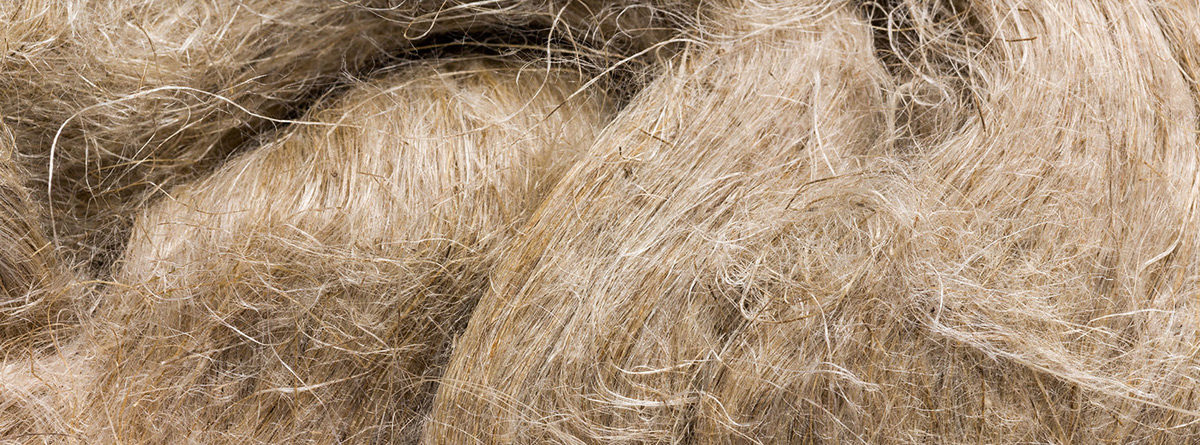We return this month to discuss the other side of the question on whether synthetic or natural textiles are the better choice for your project. Although often used to make a statement, the push for “natural” – in this case the fibers – is more than just a political stance.
Natural Textiles – Qualities & Uses
Natural textiles fibers have some innate qualities that may make them particularly preferable where they come into direct physical contact with the user. For example, wicking, insulation and breathability are particularly important when selecting bedlinens and bed dressings. Cotton and silk are particularly suitable for those with sensitive skin or allergies while hemp has excellent moisture dispersion and anti-microbial properties – excellent anywhere from institutional and to luxury hospitality conditions.
Manmade materials do not carry the same (metaphorical) weight of their journey from farm to user. Natural textiles are an agricultural product, overwhelmingly from small-scale enterprise in developing regions. Natural fibers are a renewable resource and can present and exceptionally tidy cradle-to-cradle loop when disposal is adequately planned for. Similar to synthetics, upcycling and recycling are also viable end of use options.
In choosing natural fibers, you are also putting yourself in the somewhat unique position of choosing what can be perceived as both the luxurious and responsible option. There is a certain cachet that comes from being able to proclaim that textiles used in your spaces are pure, natural, ethical, sustainable. “Sustainable” may also intersect with the fair trade and other ethical sourcing movements.
Many natural textiles fibers are also extremely practical. They can be good insulators, easy to clean, noise dampening and static resistant. Wool may even meet fire performance standards without chemical treatment. There are luxury properties using recycled, fire-rated and machine washable linens that are both beautiful, safe and cost effective all through their useful life.
The décor of a typical property is changed every 5 to 7 years on average. Classic design and material choices are always suitable and can even delay the need for costly updates. High quality natural textiles are inherently beautiful and are available in a range of colors, textures and styles varied enough to bring to life any vision you have. Check out our Area Rugs to spice up your property.

